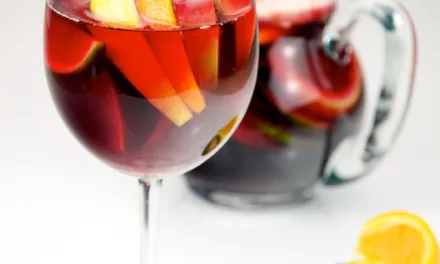Escargot is a culinary dish consisting of edible land snails, typically prepared and eaten as a delicacy in various cuisines, especially in French cuisine. The snails are usually cooked with garlic butter, chicken stock, or wine and then placed back into their shells for serving. Here are some key points about escargot:
- Preparation: The snails are usually purged, killed, removed from their shells, and cooked (most often by boiling or frying). They are then placed back into their shells with a butter-based sauce, often flavored with garlic and parsley.
- Serving: Escargot is typically served as an appetizer. In restaurants, it’s common to see them served in special escargot dishes with indentations to hold the shells. Tongs and small forks are provided to extract the meat from the shells.
- Culinary Tradition: Escargot is particularly associated with French cuisine, where it has been enjoyed for centuries. It’s also found in other cultures with variations in preparation and seasoning.
- Nutritional Value: Snails are a good source of protein and are low in fat. They also contain essential vitamins and minerals such as magnesium, phosphorus, and potassium.
- Varieties of Snails: The most commonly used species for escargot are Helix pomatia (the Roman snail or Burgundy snail), Helix aspersa (the garden snail), and Achatina fulica (the giant African land snail).
Despite its somewhat unusual nature to some, escargot is enjoyed by many for its unique texture and the rich, flavorful sauces in which it is cooked.
Image from Wikipedia






Recent Comments